Value Builder Series: Factor 3 – The Switzerland Structure
A business´s sellability requires that the business not be overly reliant on any one customer, employee or supplier. The name ‘The Switzerland Structure’ was inspired by Switzerland´s focus on neutrality. The country has not declared a state of war since 1847 (it never entered the World Wars or the Iraq war), opted out of joining the European Union and entered the United Nations only after a countrywide referendum.
Watch this short video by John Warrillow about the importance of neutrality.
Sellability Driver 3 of 8: The Switzerland Structure from The Sellability Score on Vimeo.
Consider The Switzerland Structure in all areas of your business:
Suppliers
If your business is dependent on one or two key suppliers (companies or independent consultants), you are at their mercy.
Cultivating a bench of suppliers, on the other hand, means you will never feel beholden to anyone. Spread your business around – even if you lose some special pricing discounts. Neutrality is worth more than a few pounds in savings.
| How easy would it be to replace your most important external supplier? |
Employees
If you´re too reliant on any one employee, you are at significant risk if that employee chooses to leave and at a disadvantage when it comes to negotiating his or her salary.
To avoid this situation, nurture a pool of people you want to hire. Ask an executive search firm to recruit a short list of candidates who could fill your key roles so that you have a ‘bench’ of people to go
to in the event of an employee defection.
How easy would it be to replace your most important sales & marketing employee? employee? |
Customers
If you´re too dependent on any one customer, your business will be highly unstable. Try to reduce your customer concentration down to a point where your largest customer represents no more than 15 percent of your turnover. You´ll sleep better at night and have a more valuable company when it comes time to sell.
| What percentage of your overall revenue did your largest customer represent last year? |
Consider the following questions with your Business Doctor:
- Rank your employees from easiest to most difficult to replace. What can you do to become less dependent on those most difficult to replace?
- How could you create a bench of potential recruits for key roles in the event of an employee defection?
- Identify your most important raw materials. What other companies could supply them? How could you negotiate the same discounted rates from another supplier?
- Rank your customers by the percentage of your overall turnover each represents. How can you increase sales to your smaller customers or find new customers so as to lessen your customer concentration without shrinking your turnover?
What is the next step?
There are 8 factors that drive that value of a business. Complete the Value Builder Survey now to find out your overall score then attend our Business Builder Workshop to find out how you can improve the value of your business.
STEP 1 Complete the Value Builder Survey
Set aside 15 minutes to complete the Value Builder Survey.
Why you should do the Value Builder Survey:
Watch this quick video to find out why your Value Builder Score matters.
The Sellability Premium from The Sellability Score on Vimeo.
STEP 2 Reserve your seat at our next Business Builder Workshop.
Credits and notes: The information in this article is by John Warrillow. The Value Builder Score has recently been renamed from Sellability Score to Value Builder Score.









